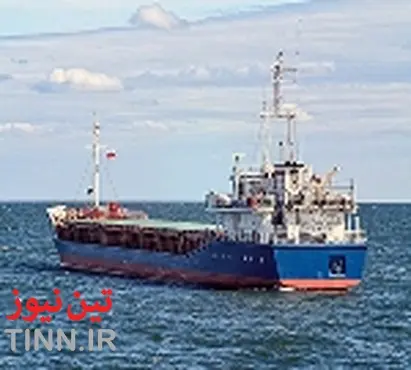|
News Code
52037
Copied
UK, Ireland issue Aids to Navigation Review ۲۰۱۵ - ۲۰۲۰

TIN news: The General Lighthouse Authorities for the UK and Ireland have now completed their latest 5 yearly comprehensive review of Aids to Navigation (AtoN) requirements for the waters around Ireland and the United Kingdom. User Feedback, Automatic Identification System (AIS) traffic analysis, Targeted User Consultation, Navigational Significance Assessments, Risk Assessments and Peer Review were all used to help define ongoing User Requirements.
The following principles were applied during the review process to ensure consistency:
Generally having one light in view is acceptable
Generally a max range of 18 Nautical Miles is considered sufficient for most lights
If practical there can be a reduction in amount and diversity of flash characters on lighthouse lights
Leading Lights remain important
Sectored Lights remain important
Synchronised and Sequential Buoy lights can be used more
The decisions were made following consultation with users and representative organization’s across the whole spectrum of the industry from large SOLAS vessels to leisure users and the fishing sector.
A summary of the changes that Irish Lights will make is as follows:
Establish RACON at the Foyle Buoy due to increased large vessel traffic
Open negotiations to upgrade to general AtoN status’ Bloody Foreland Light as analysis has shown General Traffic is transiting the area
Disestablish the Pollock Buoy as the Power South Cardinal has made this Buoy redundant
Replace the Briggs Port Hand Buoy with a North Cardinal Buoy to provide a clearer indication of the position of the danger
Establish a Buoy in place of the Unlit Carrigavadra Beacon
Sequence Buoyage at the entrance to Rosslare
Capt. Harry McClenahan Navigation Manager at Irish Lights said “The rate of technological changes in navigation support systems and materials has had a significant and positive effect on the services that Irish Lights provides to the Mariner, allowing for higher performance yet lower power demands from our stations. We are in the embryonic phase of the evolution of digital systems which are already starting to shape the future of marine navigation and communications. To ensure that safety of persons and property and environmental protection remain as the main focus for future navigation services we use our resources, experience and competency to explore and trial new systems and materials.”
The following principles were applied during the review process to ensure consistency:
Generally having one light in view is acceptable
Generally a max range of 18 Nautical Miles is considered sufficient for most lights
If practical there can be a reduction in amount and diversity of flash characters on lighthouse lights
Leading Lights remain important
Sectored Lights remain important
Synchronised and Sequential Buoy lights can be used more
The decisions were made following consultation with users and representative organization’s across the whole spectrum of the industry from large SOLAS vessels to leisure users and the fishing sector.
A summary of the changes that Irish Lights will make is as follows:
Establish RACON at the Foyle Buoy due to increased large vessel traffic
Open negotiations to upgrade to general AtoN status’ Bloody Foreland Light as analysis has shown General Traffic is transiting the area
Disestablish the Pollock Buoy as the Power South Cardinal has made this Buoy redundant
Replace the Briggs Port Hand Buoy with a North Cardinal Buoy to provide a clearer indication of the position of the danger
Establish a Buoy in place of the Unlit Carrigavadra Beacon
Sequence Buoyage at the entrance to Rosslare
Capt. Harry McClenahan Navigation Manager at Irish Lights said “The rate of technological changes in navigation support systems and materials has had a significant and positive effect on the services that Irish Lights provides to the Mariner, allowing for higher performance yet lower power demands from our stations. We are in the embryonic phase of the evolution of digital systems which are already starting to shape the future of marine navigation and communications. To ensure that safety of persons and property and environmental protection remain as the main focus for future navigation services we use our resources, experience and competency to explore and trial new systems and materials.”